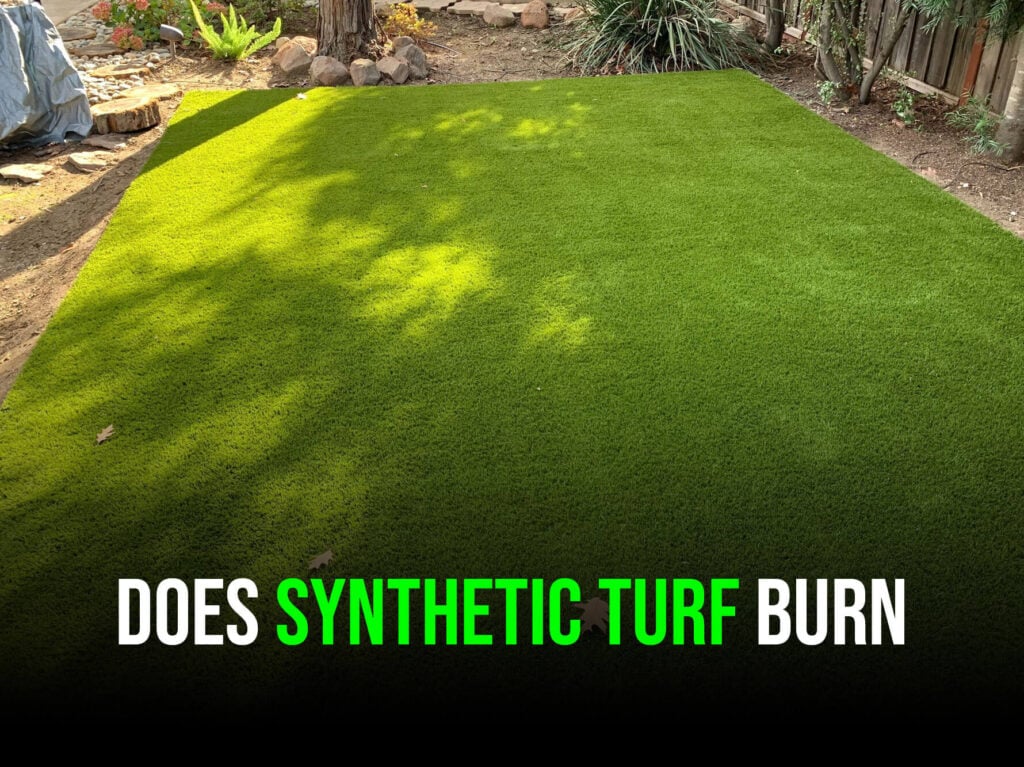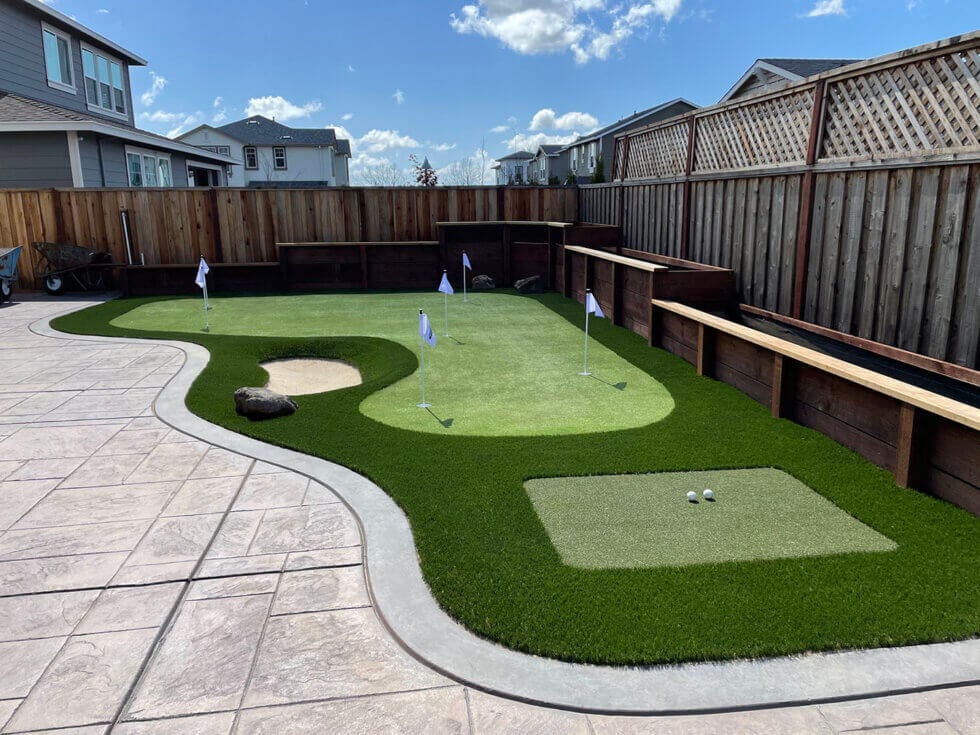There was a quirky movie out around 2005 that detailed the rise of a business empire built on a chemical that made animal poop disappear from yards and streets. Ben Stiller and Jack Black, as their roles as business partners, were living a lavish lifestyle off their product.
Then, the inevitable question came: Where did the poop go? They couldn’t answer it, but scientist did. It didn’t disappear but seeped into the ground along with the chemicals that made it quickly decompose. The chemical then got into fruit trees, making all the fruit from the trees poisonous. The duo’s empire crumbled, they were sued and lost everything – until they invented something else.
The Truth About Lawn Chemicals
Sadly, that isn’t far from the truth regarding lawn chemicals. Fertilizer and pesticides used to maintain beautiful and bug-free lawns don’t disappear once you spread them on natural grass. The rain washes them into the soil. From there, they seep into groundwater that feeds trees, forest, flowers, rivers, streams, and lakes. Ultimately, this is the water we use in all types of ways from:
· Watering vegetable gardens
· Showering
· Washing food
· Cooking
· Drinking.
Think about it. The fact that these chemicals wash away is why instructions tell you to reapply them periodically to your lawn.
What Are the Effects of Chemicals?
Lawn chemicals contain several active ingredients that have been linked to a host of problems, such as:
· Cancer
· Infertility
· Birth defects
· Damage to kidneys and the liver.
Ingredients like 2,4D, MCPP, McPA, organophosphates, carbamates, pyrethroids, phenoxy and organochlorines are dangerous combinations meant to kill weeds and bugs. They are the same compounds used in biological warfare chemicals such as Agent Orange, which caused many serious and terminal health problems for Vietnam veterans.
Beyond the active chemicals, lawn fertilizers and pesticides consist of inert agents. Some chemicals are comprised of as much as 50 to 99 percent of inert agents. Scientists say these inert agents can be more toxic than active ingredients.
It’s in the Groundwater Now
All of these chemicals are getting into groundwater and, subsequently, into the entry level of the food chain.
Studies suggest 17 of 30 common pesticides are in groundwater and 23 are capable of entering drinking water systems. Other studies indicate 24 of those everyday pesticides are deadly to fish and other things living in the water, as well as to birds and bees.
While lawn chemicals have been detected in groundwater, with capabilities of leaking into both private wells and public water systems, most cities and states do not have monitoring that regular detects and remedies contamination from lawn chemicals.
One Easy Solution
One easy environmental-friendly solution to chemicals in the groundwater is installing artificial turf. Artificial turf requires no lawn chemicals to maintain it. Water and an environmentally safe cleaning product are all that is required on a regular basis to keep it clean.
Artificial grass doesn’t require pesticides either. Installing artificial grass cuts off insect’s feeding supply in the dirt, so bugs move on to new feeding ground.
Stopping use of lawn fertilizer and pesticides not only protects the groundwater but also provides immediate protection for your family and pets. Some chemicals enter the body through the skin or by ingestion when a dog eats grass. Reducing the need for these chemicals with synthetic grass means your children and pets are not exposed to toxins.
Ultimately, reducing the use of lawn chemicals is good for the planet because it offers more protection to groundwater supplies. That makes all wild vegetation, farms and everything up the food chain healthier.
If you’re interested in learning more about us, or want to request a quote, contact us today!





